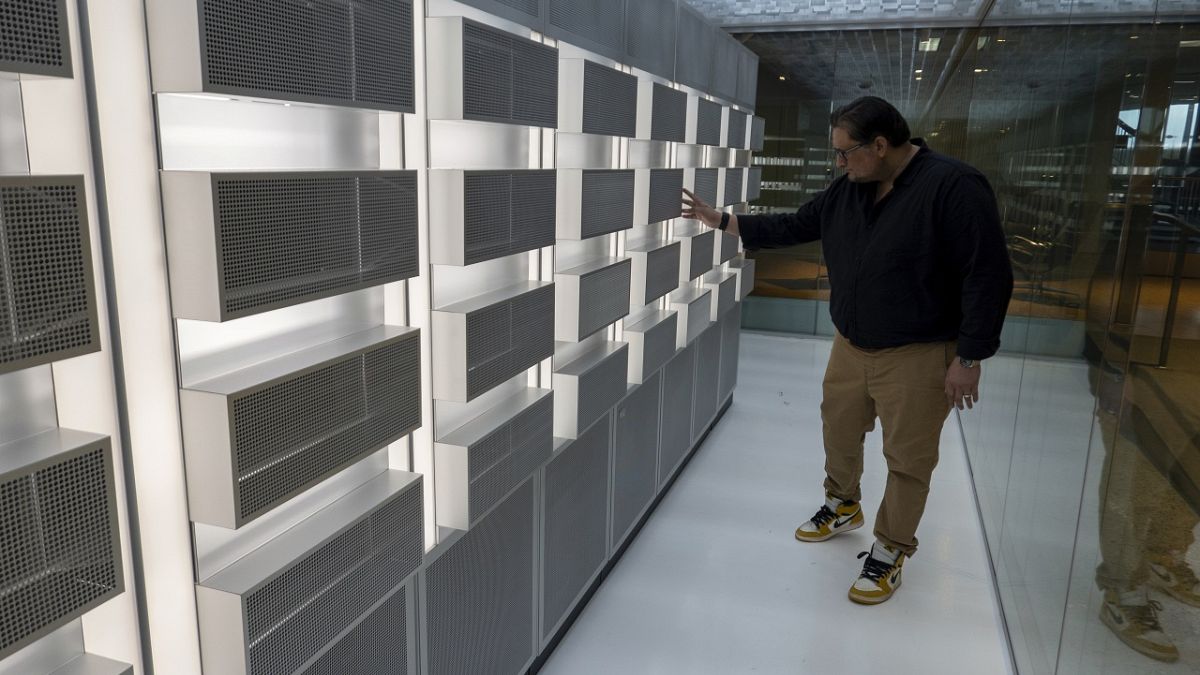

In a sign of Europe’s growing commitment to technological advancements, the European Commission has outlined significant plans to support the development of artificial intelligence (AI) factories. A strategic initiative to mobilize funds aimed at fostering the construction of AI gigafactories across Europe is in motion. An official call for actions in this pioneering effort is expected later this year, reflecting the continent’s determination to play a pivotal role in the rapidly evolving AI landscape.
Meanwhile, on a different note but within the same realm of AI progress, China is visibly advancing its AI initiatives with an inventive approach. In Beijing, humanoid robots recently took to the field for an engaging 3-on-3 football match. These robots, operating autonomously, showcased China’s commitment to developing sophisticated AI-driven humanoid robots, underlining the nation’s ambitious AI plans. The game, although filled with moments of stumbling and the occasional need for stretchers, provided a fascinating glimpse into the future of robotics and the challenges that accompany the creation of autonomous humanoid entities.
The event in Beijing highlighted both the potential and the obstacles of integrating AI technology into areas traditionally reserved for humans. While the robots did encounter some difficulties during the match, their participation demonstrated significant advancements in the field of AI robotics engineering. This entertaining yet informative showcase reflects the ongoing efforts to enhance robotic capabilities and further integrate AI into dynamic environments, presenting a promising future where machines could play a more active role in various aspects of society.
These stories illustrate a growing global focus on AI, with Europe and China both taking notable steps in different directions. Europe’s initiative to establish AI gigafactories is a significant move that could boost the continent’s position in AI technology, ensuring a robust infrastructure that supports innovation and advancement. On the other hand, China’s commitment to developing humanoid robots signifies the country’s forward-thinking approach and its resolve to integrate AI into everyday life.
In the backdrop of these developments, the global landscape of AI is indeed experiencing a transformative phase. Nations are mobilizing resources, and creative endeavors are flourishing as both public and private entities invest in the potential of AI. As these technologies continue to evolve, they promise not only to redefine industries but also to reshape societal norms, ushering in an era where human and machine might collaborate more seamlessly than ever before.
As we witness these promising efforts unfold, it becomes important to look at both the opportunities and the challenges they bring. The international cooperation and the sharing of knowledge and resources could play a crucial role in ensuring these technologies benefit societies globally, fostering a harmonious integration of AI into the world fabric. Amidst the rapid advancements, keeping a mindful perspective will help balance innovation with responsibility, ensuring that AI serves as a positive force for future generations.
Source: {link}
